



We received another shipment of Citrus Trees! Hurry in because these won’t last!
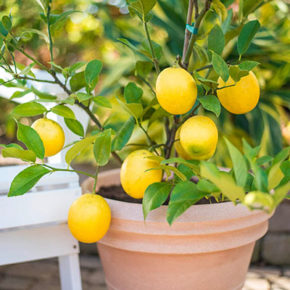
The history of citrus and its spread around the world would read like a popular adventure novel. Around 300 BC the first citrus found its way into Europe, via Alexander the Great. Later the Arabs distributed sour oranges and lemons throughout Northern Africa and Spain and the Portuguese brought the first specimens of sweet oranges from India around the 16th century. In Asia, mandarin oranges moved to Japan from China during the 12th century AD. Citrus made the trip to the New World on Columbus’ second voyage in 1493. They adapted so well to this new climate, that many varieties have become major agriculture crops.
Citrus trees are popular plants that can be grown in containers. Some of the best varieties of citrus such as lemons or limes can grow in a pot for years and produce an abundance of fruit.
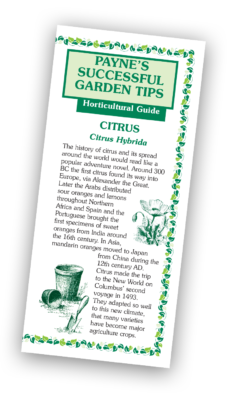
If you’re interested in growing your own citrus fruit at home, Payne’s has one of the most popular citrus tree around – the Meyer Lemon tree. An heirloom dwarf lemon with delicious golden-yellow fruit. It makes a fine potted plant and is the hardiest lemon for cool temperatures. The fruit is more flavorful than store-bought lemons and is prized by chefs. It bears heavily at a young age, flowering and fruiting year-round. Brought into the U.S. at the turn of the century from China, this lemon tree is thought to be a hybrid between a lemon and an orange.
CLICK HERE or on the TIP image to download Payne’s CITRUS TREE Gardening Tip!

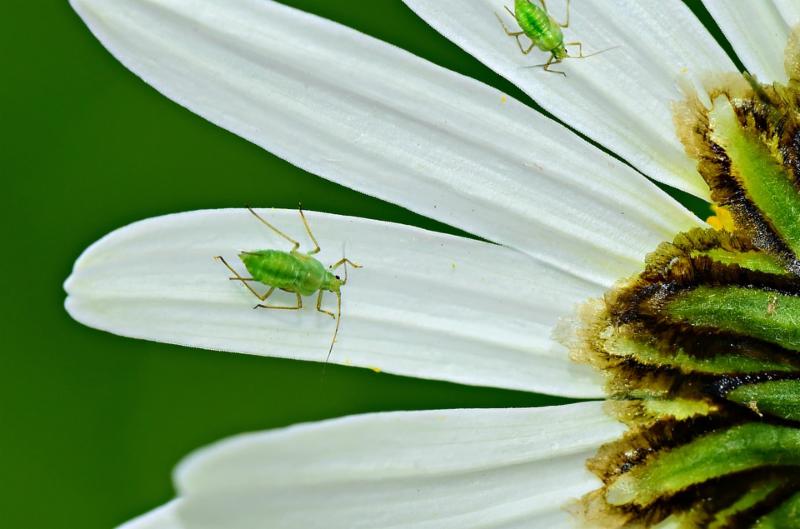
Aphids are tiny (adults are under ¼-inch), and often nearly invisible to the naked eye. Various species can appear white, black, brown, gray, yellow, light green, or even pink! Some may have a waxy or woolly coating. They have pear-shaped bodies with long antennae; the nymphs look similar to adults. Most species have two short tubes (called cornicles) projecting from their hind end.
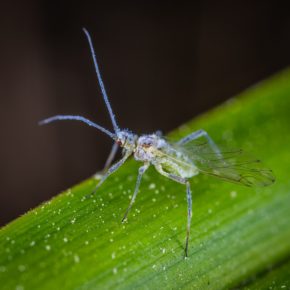
Nymphs and adults feed on plant juices, attacking leaves, stems, buds, flowers, fruit, and/or roots, depending on the species. Most aphids especially like succulent or new growth. Some, such as the green peach aphid, feed on a variety of plants, while others, such as the rosy apple aphid, focus on one or just a few plant hosts.
• Look for misshapen, curling, stunted, or yellowing leaves. Be sure to check the undersides of leaves; aphids love to hide there.
• If the leaves or stems are covered with a sticky substance, that is a sign that aphids may have been sipping sap. This “honeydew,” a sugary liquid produced by the insects as waste, can attract other insects, such as ants, which gather the substance for food. When aphids feed on trees, their honeydew can drop onto cars, outdoor furniture, driveways, and so on.
• The honeydew can sometimes encourage a fungal growth called sooty mold, causing branches and leaves to appear black.
• Flowers or fruit can become distorted or deformed due to feeding aphids.
• Some aphid species cause galls to form on roots or leaves.
• Aphids may transmit viruses between plants, and also attract other insects that prey on them, such as ladybugs.
Stop by Payne’s North and ask our gardening experts which insecticide would work best for your particular problem.
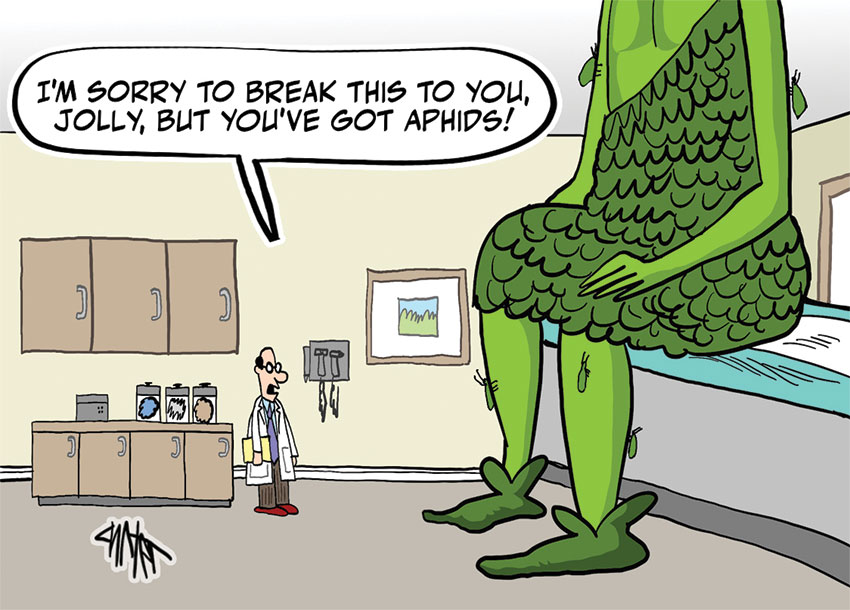
| Copyright Scott Masear |

Want to know a great way to reduce your need for watering your trees and shrubs?
One of the most important secrets to successful gardening in New Mexico is MULCH, MULCH, MULCH! Especially in the heat of the summer. The mulch acts as a barrier against the heat of the day and keeps in the moisture. A great way to save on watering, especially since this JULY heat is so dry and the monsoons are rolling in! A 4″ layer of mulch is a good depth for inhibiting soil moisture evaporation and protecting soaker hoses from biodegrading under our UV.
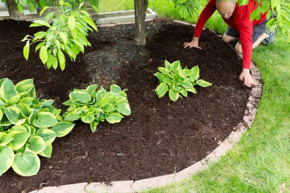
Composts make the best mulches because they improve the soil they cover. Bark mulches are used for decorative reasons or to hold compost mulch in place, but may interfere with nutrient cycling if directly in contact with the soil surface.
Come by and ask Sam McCarthy, the manager of Payne’s Organic Soil Yard (POSY), all about top quality soils and various mulches he has. He’ll let you know why POSY is the best choice for all your yard and garden needs. Bring your pick-up or dump truck or we’ll deliver.
CLICK HERE to learn more.

CHECK OUT OUR WONDERFUL SELECTION OF POTTERY!
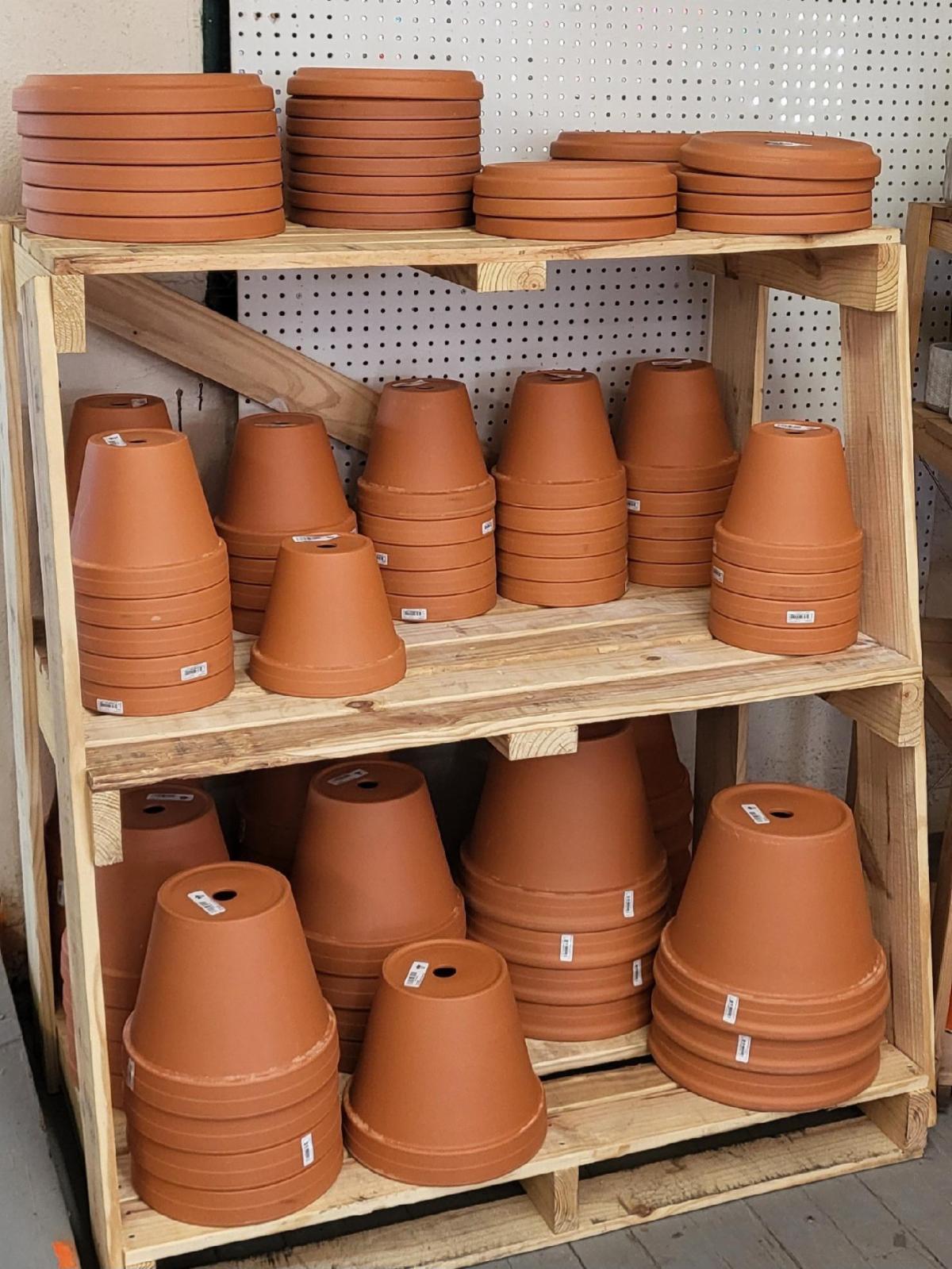
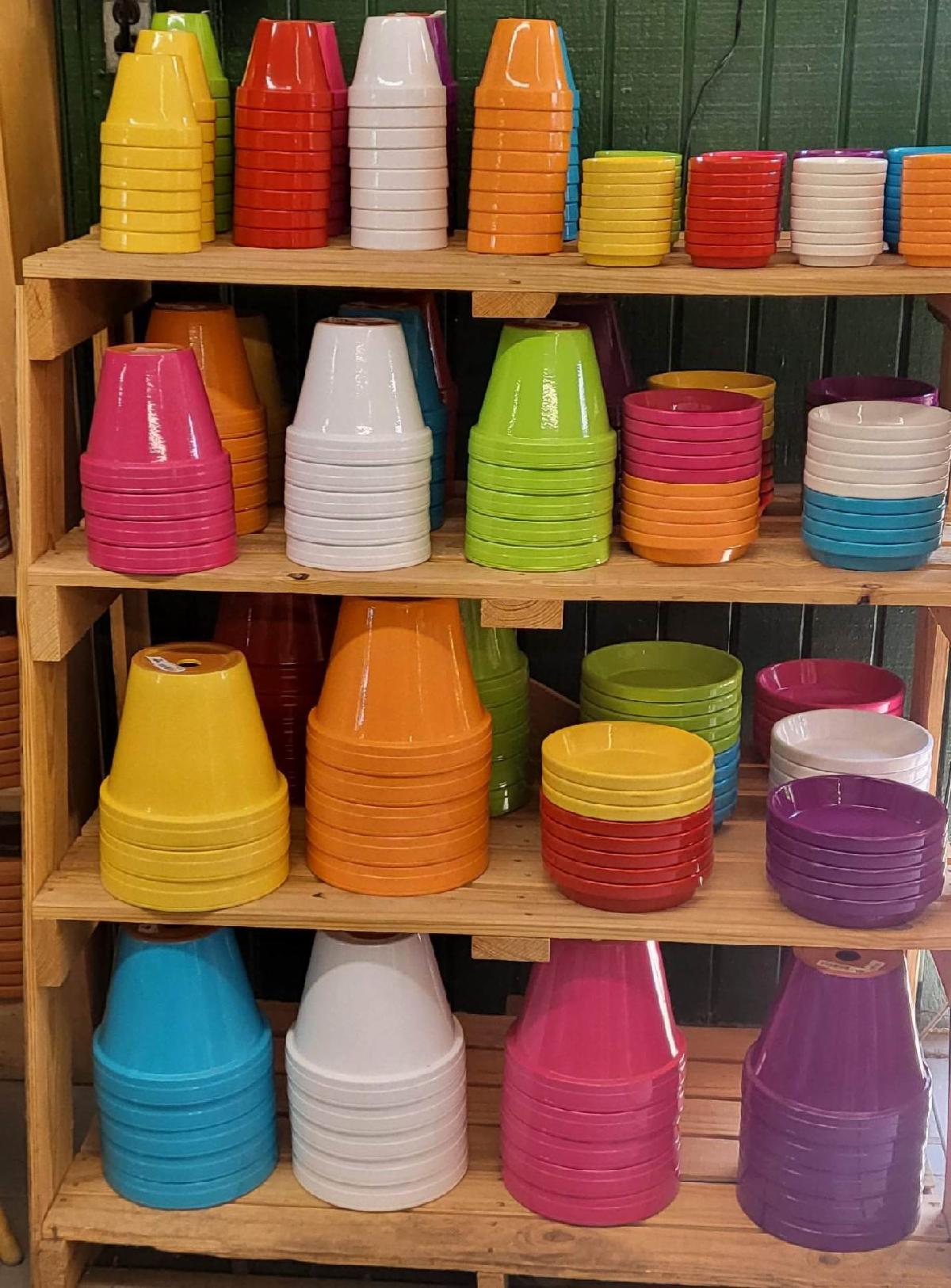
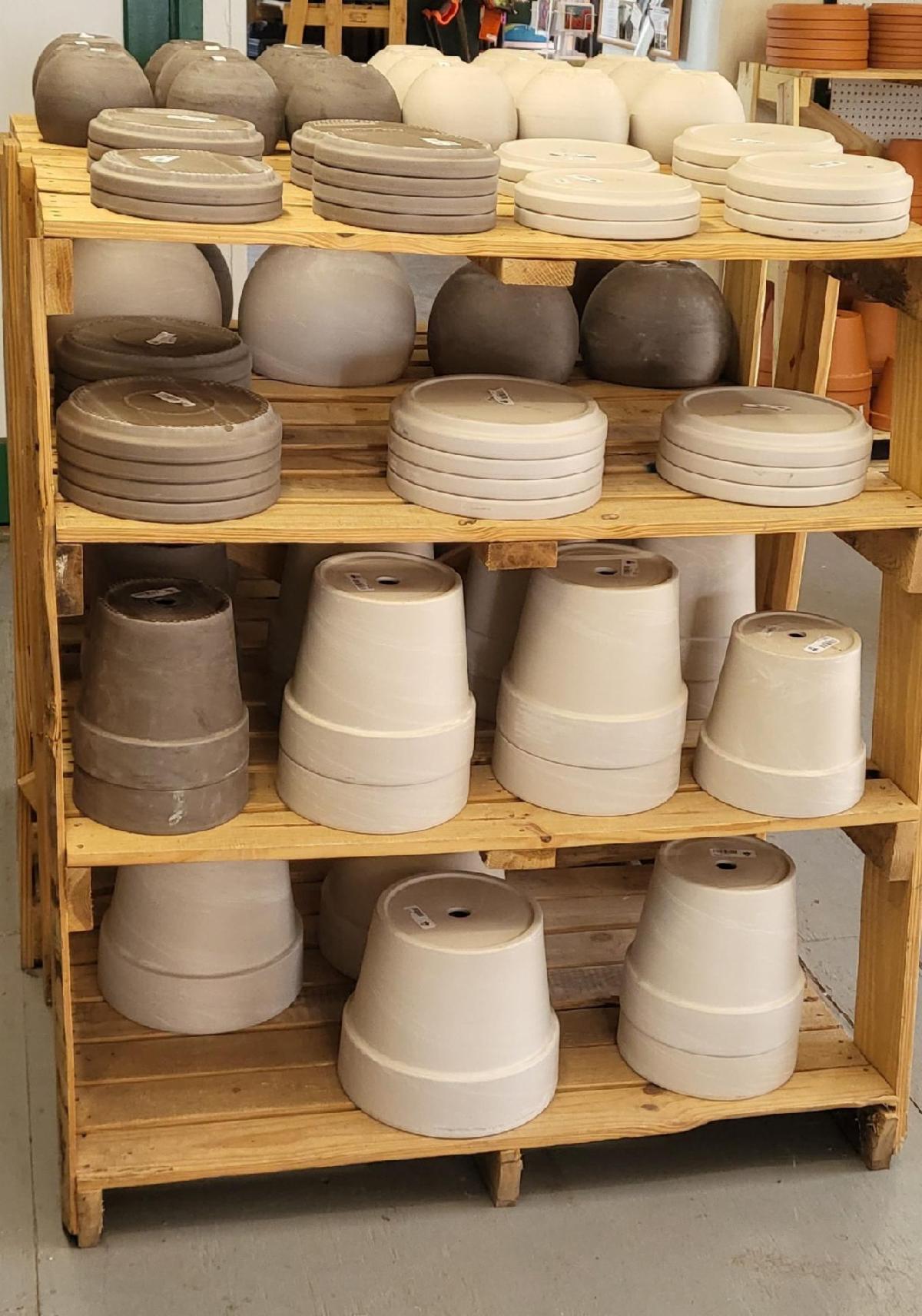
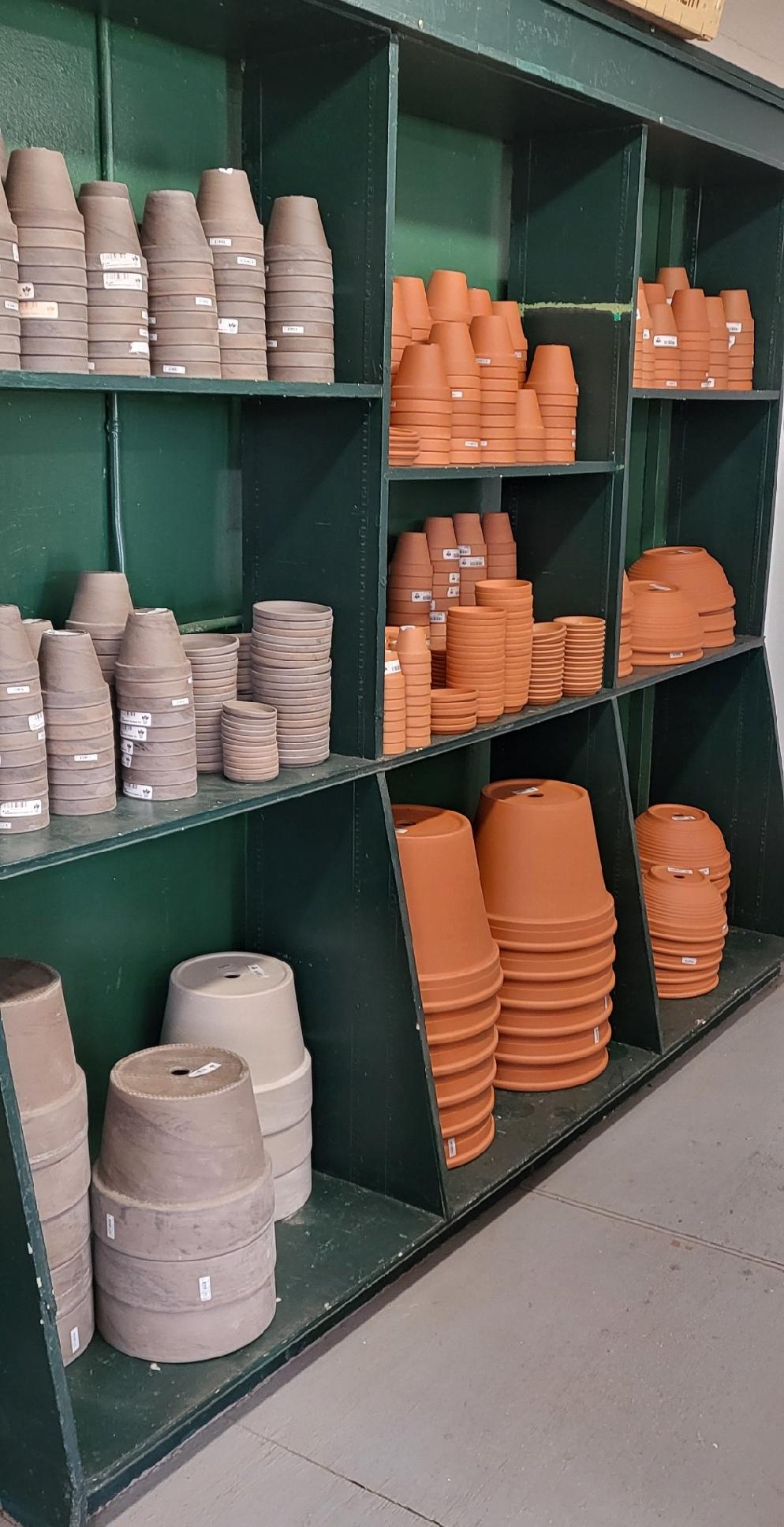
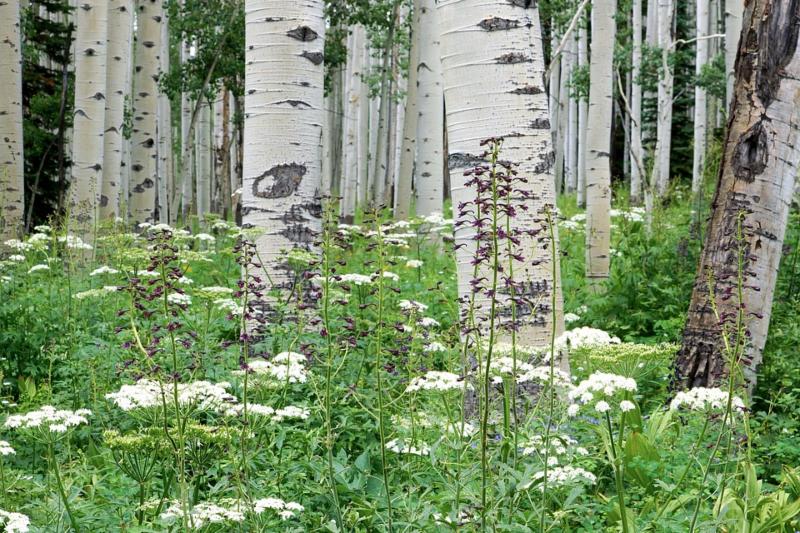

ASK THE GARDEN GURU!
CAN WE REALLY GROW HEALTHY ASPEN TREES HERE IN NORTHERN NEW MEXICO?
ANOTHER GREAT QUESTION!
In this week’s archived show from previous years, the Garden Guru talked about how Aspen are able to grow in Santa Fe. Of course you need to simulate conditions that are prime for growing Aspen in higher elevations, such as good soil, more moisture than other trees and of course a cooler area in your yard. Aspen like cool temperatures, moist soil … supplemental water on a regular basis. Good soil is very important and you can make your own. All you need is … well, listen to Lynn’s tip to find out how to make good, rich soil!
CLICK HERE TO LISTEN TO THE GARDEN GURU’S ARCHIVED RADIO SHOW ON THIS TOPIC.
HAPPY GARDENING!


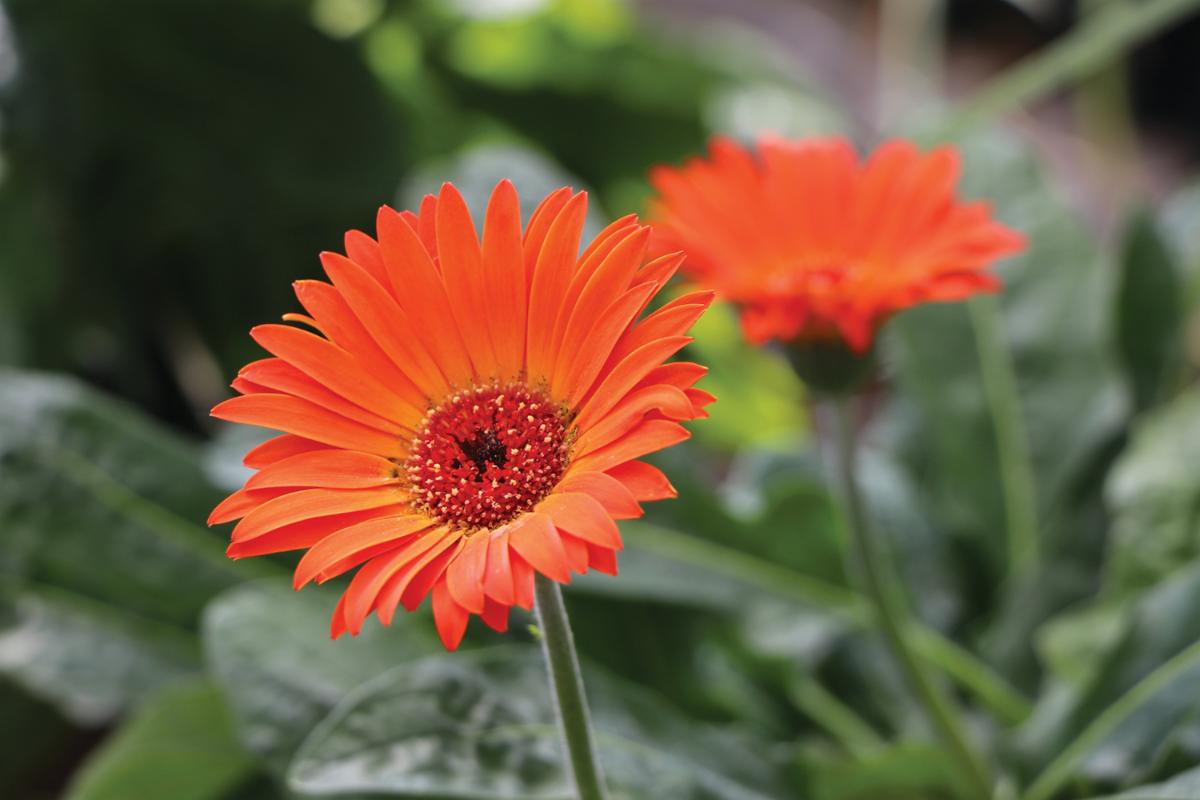
PHOTO OF THE WEEK!
COLORFUL DAISIES FROM FROM PAYNES!
—————————————————-
SHARE YOUR PHOTOS! Please keep sending in your photos.
You Could WIN a $25 Gift Card!
If you have a photo taken in one of our greenhouses or of your own garden orlandscape that contains products from Payne’s, please send it to info@paynes.com!
If your photo is chosen, and used in our e-newsletter website or other marketingmaterials, then you will receive a Gift Certificate from Payne’s for $25!Please make sure to give us your contact information in your email.

by The Old Farmer’s Almanac
Here’s THIS MONTHS ZODIAC SIGN PROFILE AND HOW IT CAN HELP YOU GARDEN:
CANCER (JUNE 21 to JULY 22)
Cancer begins the summer. Because your sensitive soul loves to feed and nourish itself and others, nutritious plants such as sweet potatoes are near and dear to your heart. You find them easy to grow and will experiment with many recipes for their use. You are ruled by the Moon, so all night-blooming flowers are also akin to you. Evening primrose, moonflowers, evening stock, and night-blooming cereus fill the Cancer twilight garden with intoxicating scents and mystical magic. Hearty soups and casseroles on your dinner table are filled with everything that’s good for you.